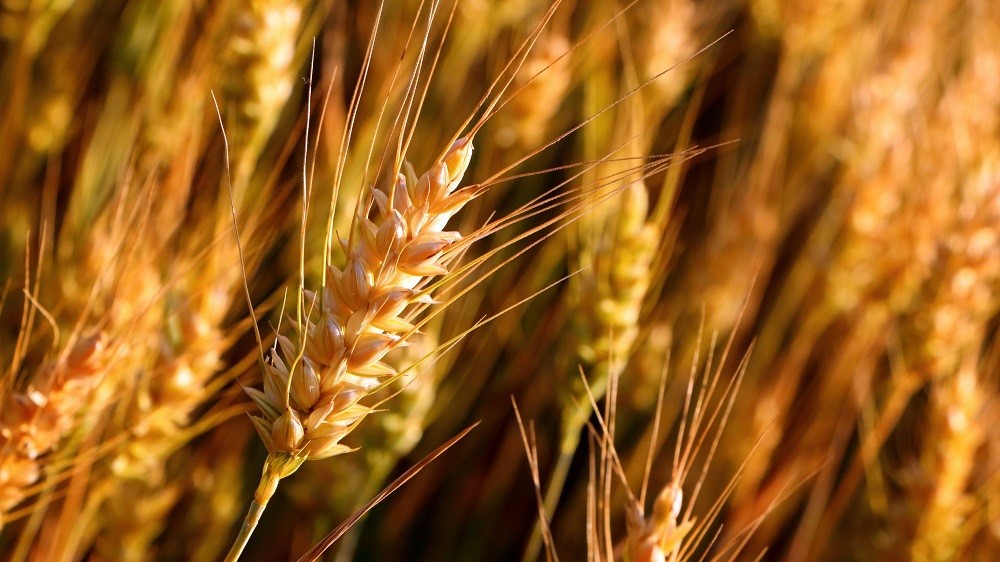Our country has a prominent place in the cultivation and production of wheat. Its primary producing states are Punjab, Haryana and Uttar Pradesh. Along with this, India is producing more than 80 million tonnes of wheat today. However, in view of the country’s increasing population, there is a need for more increase in wheat production. For this, there is a need to adopt advanced production techniques of wheat.
Process of Wheat Cultivation
These techniques include the selection of varieties, sowing methods, seed rate, nutrient management, irrigation management, weed control and crop protection etc. To buy an affordable tractor you can check the Farmtrac Tractor 60 price list which is more suitable for the customer’s budget. In addition, scientific techniques of wheat cultivation have been mentioned in this blog.
Suitable Climate
The temperature of 20 to 25 degrees centigrade is suitable for the germination of wheat seeds. For the growth of wheat, if the temperature is more than 27 degrees centigrade, there is an adverse effect, and the plants do not grow smoothly because due to the high temperature, more energy is lost by the process of exfoliation. The growth is reduced, which has an adverse effect on crop production. The low and high temperature at the time of flowering is harmful.
Land Selection
Wheat can be cultivated in all types of land in the areas of irrigation, but for a good yield, smooth loam flat and fertile land with drainage is more suitable than sandy loam soil. More saline and alkaline soil is not suitable for wheat. Wheat should not be cultivated where it is hard to one meter.
Preparation For Cultivation
1. Preparation Of Heavy Soil Fields
In heavy clay fields, do the first ploughing from north to south in summer with a soil-reversing plough and leave the field empty. Keep ploughing the field two or three times as needed during the rainy season so that weeds do not settle in the field. After the rain, make the field ready for sowing by doing one ploughing and applying.
2. Preparation Of Light Soil Fields
Do not do summer ploughing in light soil fields. Plough thrice as required during the rainy season and prepare the field for sowing by applying the icing. In areas with irrigation and intensive cultivation, both the above types of land should be ploughed as per requirement.
3. Time Of Sowing
In the north-western plains, the suitable time for sowing wheat under irrigated conditions is the first fortnight of November. But in North-Eastern parts, wheat can be sown till mid-November. For late sowing, sowing of wheat after December 25 in north-western plains and after December 15 in north-eastern plains results in a heavy loss in yield. Similarly, in rain fed areas, it is best to sow from the last week of October to the first week of November. However, wheat can be sown till November 15 if there is abundant moisture on the upper surface of the land.
4. Seed Quantity
Seeds should be clean, healthy and free from weeds. Shrunken, small and torn seeds should be removed. Always choose the improved, new and recommended species for the particular area. Seed rate depends on grain size, deposition percentage, sowing time, sowing method and soil condition. Generally, if the weight of 1000 seeds is 38 grams, then about 100 kg of seeds are required for one hectare. If the grain size is large or small, the seed rate can be increased or decreased in the same proportion.
5. Sowing Method
For wheat cultivation, sowing should be done with seed drills or country plough (Kera or Pora). You can also use the tractor for these operations and for this Mahindra Yuvo 585 mat tractor is best. Spraying allows more seed to sow, less set-up, inconvenience in weeding, and an uneven number of seedlings resulting in lower yields. Sowing seed drill keeps the seed depth and row spacing under control and gives a good deposition. Fertility-seed drill (for sowing seeds and fertilizers together), zero till drill (for sowing in zero tillage or zero traction), furb drill (for sowing fur) etc.
Similarly, a rotary-till drill machine is used to sow the seeds of the next crop without crop residue. Wheat is usually sown in rows at a distance of 15 to 23 cm. Row spacing depends on soil condition, availability of irrigation and timing of sowing. For irrigated and timely sowing, the distance of rows should be kept at 23 cm. At the same time, the distance of rows should be kept 15 to 18 cm in late sowing and barren land.
Under normal conditions, dwarf varieties of wheat should be sown at a depth of about 5 cm. sowing at high depth has a bad effect on the deposition and yield. In rain fed areas where soil moisture is less at the time of sowing, it is better to sow seeds in the litter. Pata should not be planted after sowing. This allows the seeds to reach deeper, which is not suitable for settling.
6. Seed Treatment
For a high yield of wheat cultivation, the seeds should be sown only certified of good quality, and before sowing, the seed should be treated with 2 grams thyme or 2.50 grams mancozeb per kilogram. After this, after treating the entire seed used in one hectare with 4 ml quantity of chlorpyrifos for termite control and finally with three packets of bio fertilizer Azotobacter and PSB culture, dry the seed in the shade and sow it.
We hope you like this information. Furthermore, if you require more information about farm-related details, please be with us and wait for our next blog.


